What Is Polarizer Filter Used For ?
A polarizer filter is used in photography to reduce glare and reflections from non-metallic surfaces such as water, glass, and foliage. It works by selectively blocking certain polarized light waves, allowing only light waves that are aligned in a specific direction to pass through the filter. This helps to enhance color saturation, increase contrast, and improve overall image quality. Additionally, polarizer filters can also darken skies, making clouds stand out more prominently. They are commonly used in landscape, nature, and architectural photography to achieve more vibrant and visually appealing images.
1、 Light polarization: Filtering light to reduce glare and reflections.
A polarizer filter is a tool used in photography and optics to reduce glare and reflections caused by light. It works by selectively filtering light waves based on their polarization. Light waves can vibrate in different directions, and when they bounce off a surface, such as water or glass, they become polarized in a specific direction. This polarization creates glare and reflections that can be distracting and reduce the clarity of an image.
By using a polarizer filter, photographers can control the amount of polarized light that enters the camera lens. The filter is rotated until it aligns with the direction of the polarized light, allowing only the desired light waves to pass through. This results in reduced glare and reflections, leading to clearer and more vibrant photographs.
In addition to reducing glare and reflections, polarizer filters also enhance color saturation and contrast. They can deepen the blue of the sky, make clouds stand out more, and increase the richness of colors in a landscape. This is particularly useful in outdoor photography, where the filter can make a significant difference in the final image.
Moreover, polarizer filters are also used in various other applications. For example, they are used in LCD screens to improve visibility by reducing reflections. They are also used in scientific research to study the polarization of light and its interaction with different materials.
In conclusion, polarizer filters are essential tools for photographers and optics enthusiasts. They effectively reduce glare and reflections, enhance color saturation, and improve overall image quality. Their applications extend beyond photography, making them valuable in various fields where controlling light polarization is necessary.

2、 Photography: Enhancing color saturation and contrast in images.
A polarizer filter is a valuable tool in photography that is primarily used to enhance color saturation and contrast in images. It achieves this by reducing glare and reflections from non-metallic surfaces, such as water or glass. By selectively filtering out certain light waves, a polarizer filter helps to eliminate unwanted reflections and allows the true colors and details of a subject to shine through.
When shooting landscapes, a polarizer filter can significantly enhance the vibrancy of the sky, making it appear deeper blue and the clouds more pronounced. It also helps to reduce haze and increase the overall clarity of the image. In addition, when photographing bodies of water, a polarizer filter can eliminate reflections, allowing the photographer to capture the underlying details and colors of the scene.
Moreover, a polarizer filter can be used to control the amount of light entering the camera, acting as a neutral density filter. This feature is particularly useful in situations where the photographer wants to use a slower shutter speed or wider aperture to achieve a specific creative effect, such as capturing motion blur or achieving a shallow depth of field.
In recent years, with the rise of digital post-processing techniques, some argue that the role of a polarizer filter has diminished. While it is true that certain effects can be replicated in post-production, the use of a polarizer filter during the actual capture process still offers distinct advantages. It allows photographers to see the immediate impact of reducing reflections and enhancing colors through the camera's viewfinder, enabling them to make more informed decisions and achieve the desired results in-camera.
In conclusion, a polarizer filter is a versatile tool in photography that enhances color saturation, contrast, and overall image quality. While advancements in post-processing techniques have provided alternative means to achieve similar effects, the real-time control and immediate impact of a polarizer filter make it an indispensable accessory for photographers seeking to capture vibrant and captivating images.
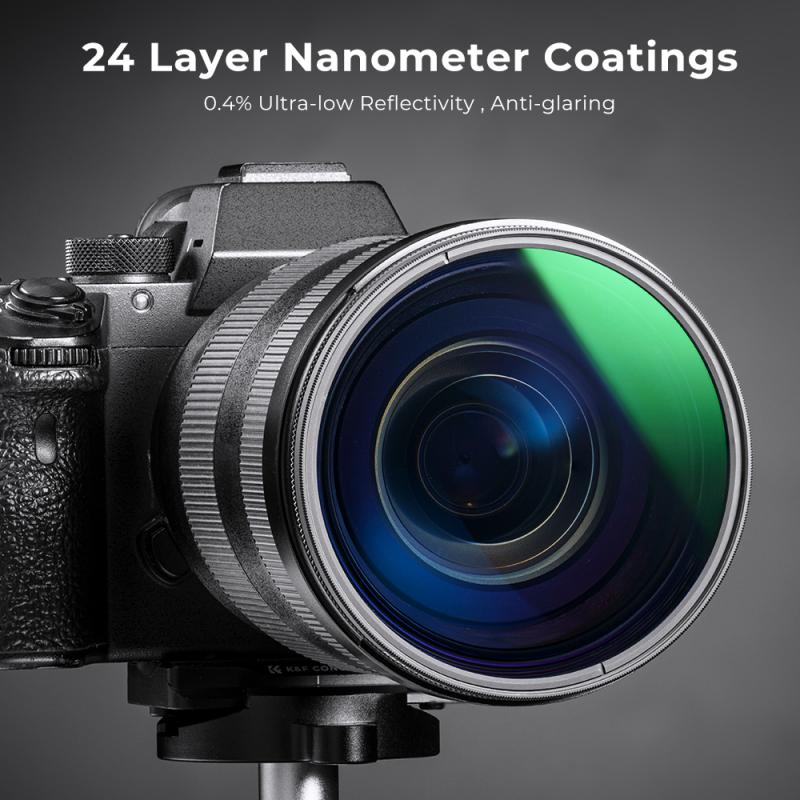
3、 LCD screens: Improving visibility and reducing screen glare.
A polarizer filter is used for LCD screens to improve visibility and reduce screen glare. LCD screens are commonly used in various electronic devices such as smartphones, tablets, televisions, and computer monitors. These screens consist of liquid crystal molecules that align to control the passage of light, resulting in the display of images and colors.
However, LCD screens are prone to glare and reflections, which can hinder visibility and cause discomfort to the viewer. This is where polarizer filters come into play. A polarizer filter is a thin layer that is applied to the surface of the LCD screen. It consists of a special material that allows only light waves vibrating in a specific direction to pass through, while blocking light waves vibrating in other directions.
By selectively allowing light waves to pass through, the polarizer filter helps to reduce glare and reflections on the LCD screen. This improves visibility, especially in bright environments or when viewing the screen from different angles. The polarizer filter also enhances color saturation and contrast, resulting in a more vibrant and visually appealing display.
In addition to improving visibility and reducing glare, polarizer filters also offer other benefits. They can help to protect the LCD screen from scratches, dust, and fingerprints. Some advanced polarizer filters also incorporate anti-reflective coatings, which further minimize reflections and enhance the overall viewing experience.
It is worth noting that the latest advancements in polarizer filter technology have led to even better performance. Manufacturers are constantly working on developing polarizer filters with higher light transmission, wider viewing angles, and improved durability. These advancements ensure that LCD screens continue to provide optimal visibility and user experience in various lighting conditions.
In conclusion, polarizer filters are used for LCD screens to improve visibility and reduce screen glare. They selectively allow light waves to pass through, blocking unwanted reflections and enhancing color saturation. The latest advancements in polarizer filter technology continue to enhance the performance and durability of LCD screens, ensuring a better viewing experience for users.
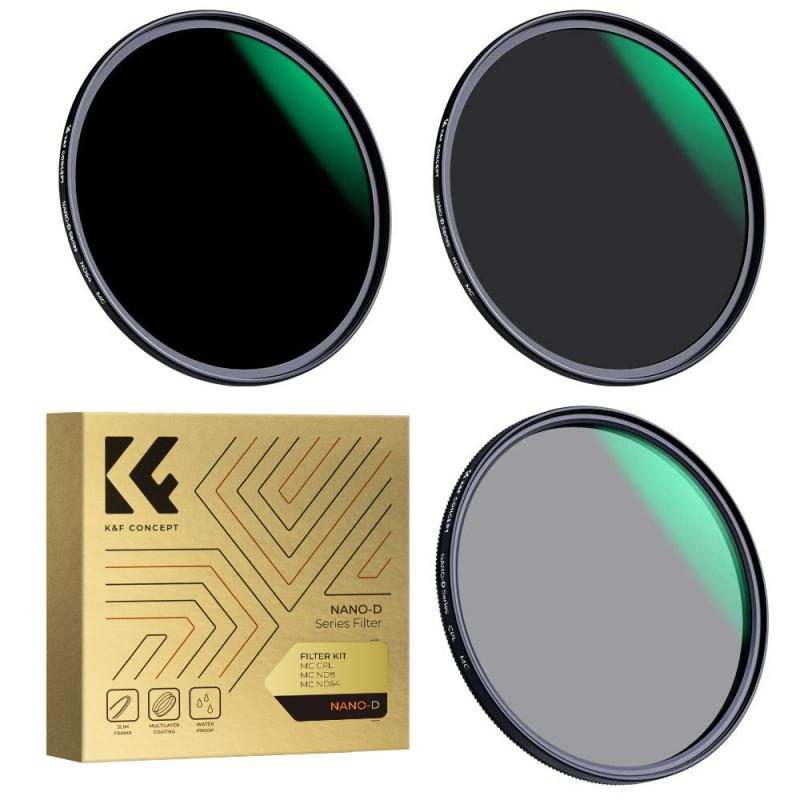
4、 Sunglasses: Minimizing glare and improving visual clarity.
A polarizer filter is a device used to reduce or eliminate glare caused by light reflecting off surfaces such as water, glass, or shiny objects. It is commonly used in sunglasses to improve visual clarity and provide a more comfortable viewing experience.
When light reflects off a surface, it becomes polarized, meaning the light waves align in a specific direction. This polarized light can cause intense glare, making it difficult to see clearly and causing discomfort to the eyes. A polarizer filter works by selectively blocking these polarized light waves, allowing only the desired light to pass through.
Sunglasses with polarizer filters are particularly useful in outdoor activities such as driving, fishing, or skiing, where glare from the sun can be a major issue. By reducing glare, polarized sunglasses enhance visual clarity, making it easier to see objects and details even in bright conditions. This can improve safety and performance in various situations.
In addition to reducing glare, polarizer filters also enhance color contrast and depth perception. By selectively filtering out certain wavelengths of light, they can make colors appear more vibrant and objects appear more defined. This can be especially beneficial for activities such as photography, where accurate color representation is crucial.
It is important to note that while polarized sunglasses offer many benefits, they may not be suitable for all situations. For example, they can interfere with the visibility of LCD screens, such as those found on some car dashboards or digital devices. Therefore, it is recommended to remove polarized sunglasses when viewing such screens.
In conclusion, polarizer filters, commonly found in sunglasses, are used to minimize glare and improve visual clarity. They selectively block polarized light waves, reducing the intensity of reflected light and enhancing color contrast. While they offer numerous benefits, it is important to consider their limitations in certain situations.
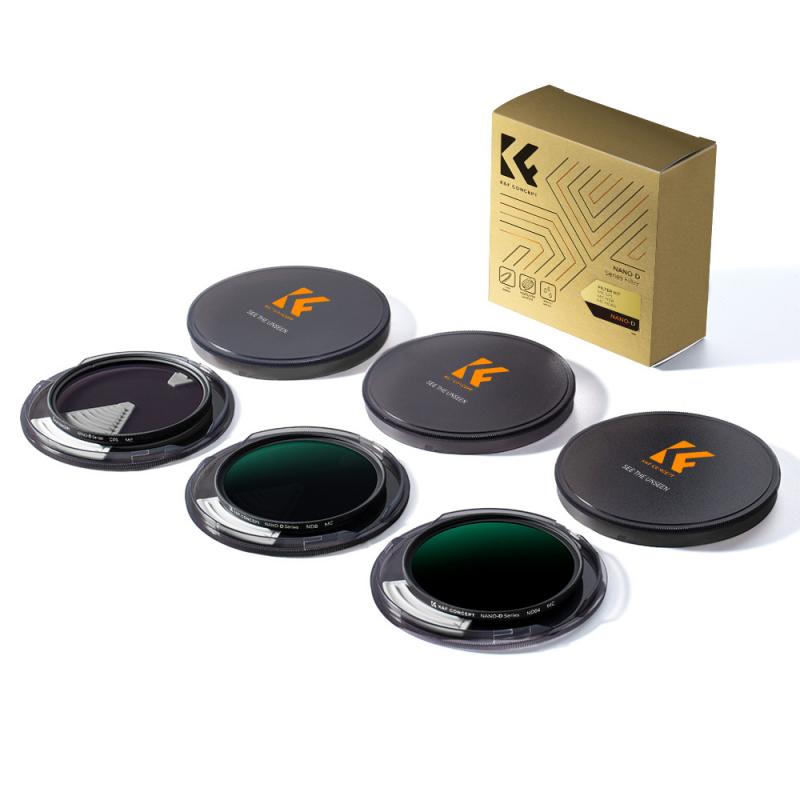



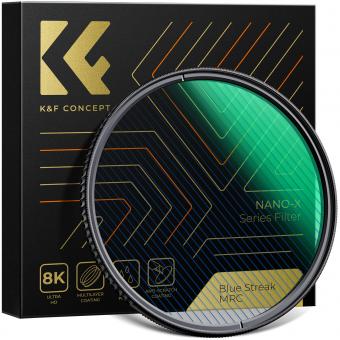



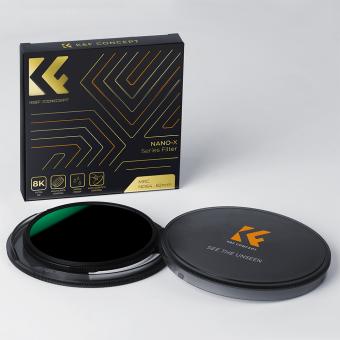
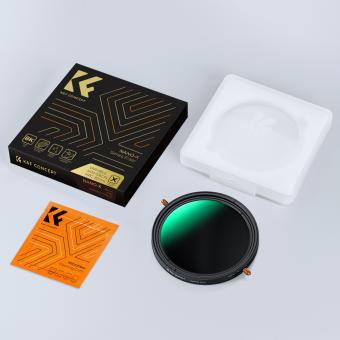









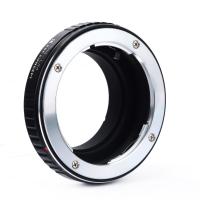

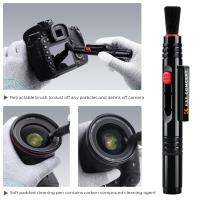

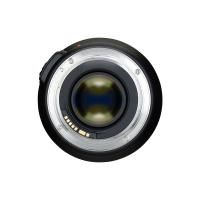






There are no comments for this blog.